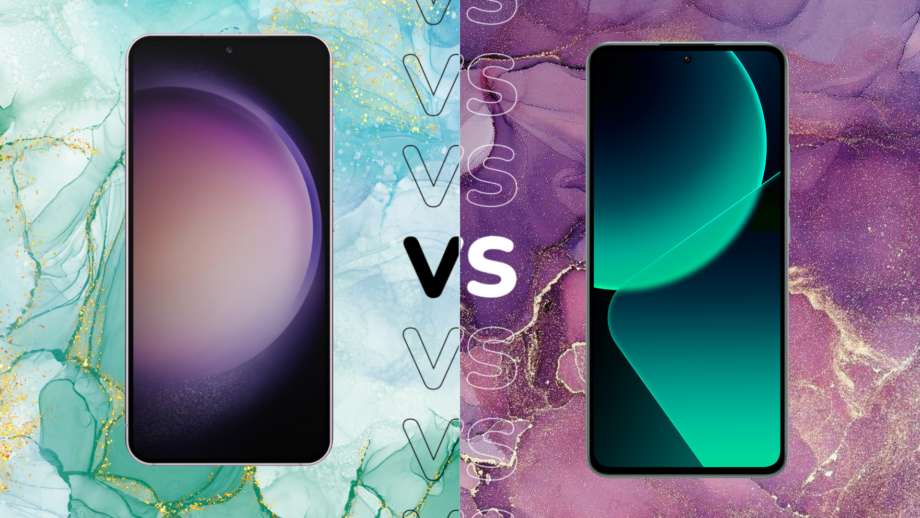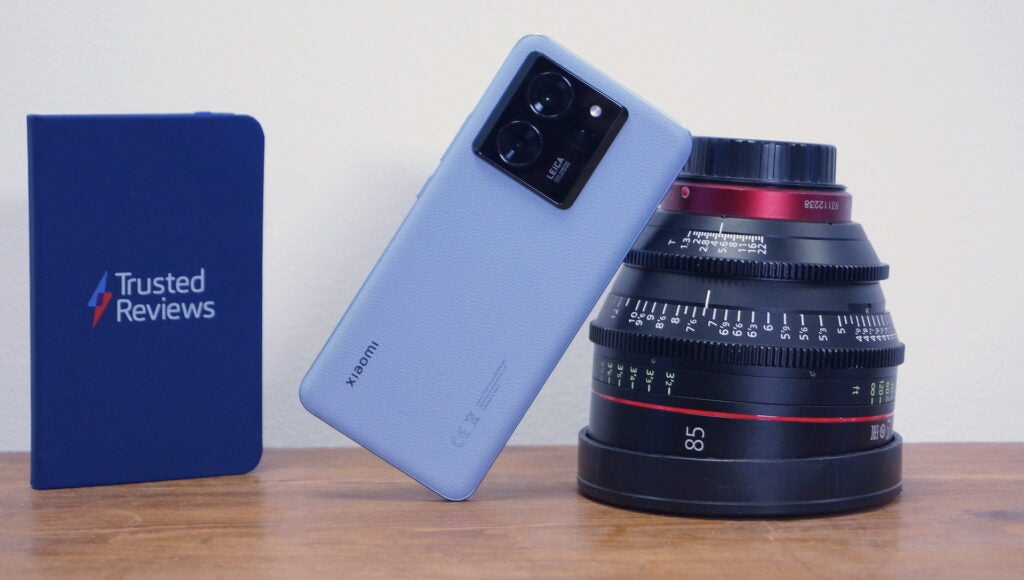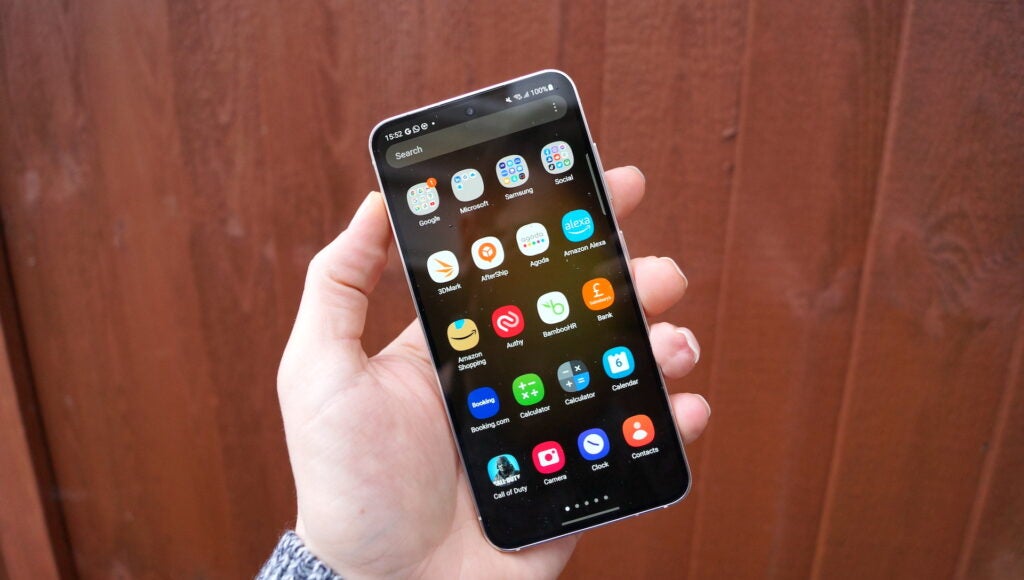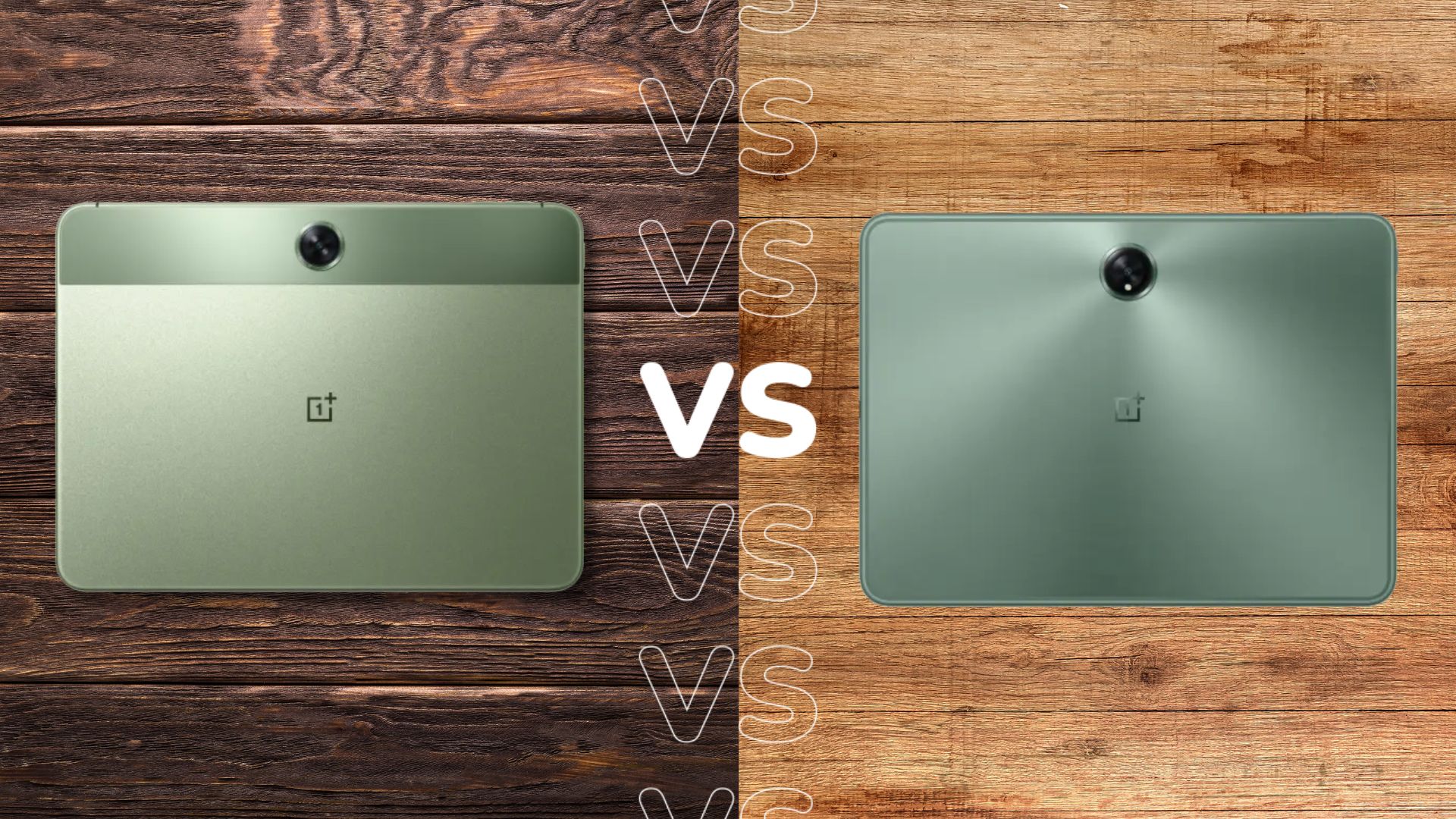Xiaomi 13T Pro vs Samsung Galaxy S23: Which brand wins out?

The smartphone market is more saturated than ever before, especially with the latest announcement of both the Xiaomi 13T and the Xiaomi 13T Pro.
With another Android handset coming to the market, we wanted to run through some of the key differences between the Xiaomi 13T Pro and the Samsung Galaxy S23.
Keep scrolling to find out everything you need to know about these two handsets so you can make an informed decision on your next mobile upgrade.
MediaTek Dimensity 9200+ vs Snapdragon 8 Gen 2
Xiaomi kitted out the 13T Pro with a MediaTek Dimensity 9200+ chipset. It can deliver speeds of up to 3.35GHz, with Xiaomi claiming that the built-in Arm Immortalis-G715 GPU will deliver a smooth gaming experience.
Samsung opted to use the latest Qualcomm Snapdragon 8 Gen 2 for Galaxy in the Galaxy S23 – the same chip that comes with its flagship Galaxy S23 Ultra. This chip comes with an increased 3.36GHz peak speed and an upgraded Andreo GPU. We felt that the Galaxy S23 was blisteringly fast in use, handling everything from triple-A gaming to smooth navigation and scrolling.
Early benchmarks shows the Snapdragon 8 Gen 2 to be more powerful than the MediaTek Dimensity 9200+, although you probably won’t notice a huge difference.

120W HyperCharge on the Xiaomi 13T Pro
One of the biggest selling points of the Xiaomi 13T Pro is its fast charging capabilities; it comes with 120W HyperCharge, which enables a 100% charge in just 19 minutes, according to Xiaomi. After just five minutes of charging it can reach 36% battery power, making it a great option for those who frequently forget to charge their device.
The Galaxy S23 comes with a large 3900mAh battery and we found that it could easily last throughout the entire day. The charging speeds were a little disappointing, with support for only a 25W charger. This resulted in a 50% charge in 29 minutes, and a full charge in 1 hour and 20 minutes.
Higher refresh rate on the Xiaomi handset
Xiaomi went all out for the display of the 13T Pro; it comes with a large 6.67-inch CrystalRes AMOLED panel with an FHD+ (2712×1220) resolution. One of the best aspects of the screen is the 144Hz refresh rate, which should ensure incredibly smooth scrolling and navigation.
The Galaxy S23 instead comes with a smaller 6.1-inch Dynamic AMOLED 2X panel with an FHD+ (2340×1080) resolution, alongside a 120Hz refresh rate. We found that the screen felt incredibly responsive, dropping down to 48Hz to save battery life when needed. The AMOLED technology made for a stunning experience overall, although we did note that a larger screen would have been welcome when bingeing TV shows on Netflix.

Galaxy S23 is more expensive
With all that said, you are likely wondering which handset wins out in terms of affordability. The base variation of the Xiaomi 13T Pro – 8GB RAM and 256GB storage – starts at £649 and will be available to order today directly from Xiaomi, as well as other third-party sellers.
Any Samsung fans won’t be pleased to hear that the Galaxy S23 is a lot more expensive in comparison. The base variation – 8GB RAM and 128GB storage – starts at £849, and can be found on the Samsung website and other third-party sites.








